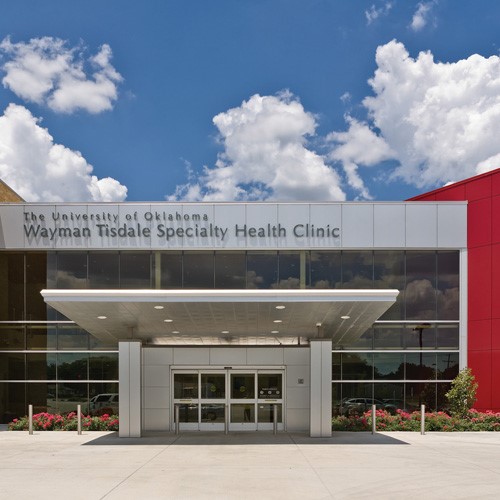
The doctor–patient relationship has been and remains a keystone of medical care. Yet, locally, a few independently practicing physicians, who practice in Tulsa north, contend that the Oklahoma Health Care Authority (OHCA) is pushing them out of business prematurely and gradually.
They contend that hundreds of their patients are being reassigned to affiliates of Oklahoma University (OU) and Oklahoma State University (OSU) and to others without the doctor’s prior knowledge or consent of the patient, completely ignoring the patient’s right to choose.
Hundreds of millions of dollars from Medicaid, Medicare, Sooner Care and Title 19 are spent in Oklahoma on those eligible for federal and state health care dollars. The OHCA administers those dollars.
With a mega pool of heath care dollars concentrated in OHCA, the Tisdale Specialty Clinic, an OU affiliate, unfairly competes with the independent primary care physicians delivering medical services on Tulsa’s north side. Those physicians cannot meaningfully compete with OU/Tisdale when a state sister agency, OHCA, is steering patients away from them.
To curtail health care costs, OHCA cuts reimbursement to primary care medical providers by paying them lower than market rate monthly fees per person and a lower than market rate fee for the particular service provided but allows the provider to have up to 2400 patients.
Ironically, cutting reimbursement creates a perverse financial motive for the health care provider, OU and OSU included. When the health care providers get less money per patient, they are forced to see more patients, so the time spent with the patient is less. Arguably, since payment for their services is not tied to outcome, the health care provider’s main focus may be more on the volume of patients seen during the day and not on the welfare of the patient.
In a 50,000 square foot plus facility, the size of the Tisdale Specialty Clinic, the more patients seen in the course of the day, the more money made; and the more money made, the less time is devoted to the patient.
The patient is a source of revenue because the health care provider is compensated according to the number of services he may need: in addition to the fee for the doctor there may be a fee for the nurse, the social worker, the sub specialist, the radiologist, the pharmacist and so on. The patient is worth money.
The danger is that system will become too impersonal and seriously rupture the rapport so important between the doctor and the patient and so necessary for proper care of the patient. When the main focus is on the money and not the person, the patient may be liken to a commodity; liken to objects on a conveyer belt, rapidly moving in and out, liken to a bale of cotton.
Have there been signs that patients have been disrespected as persons with rights? Yes: when the OHCA did not extend to them their choice of doctors.
Have the solo physicians been unfairly treated by the OHCA and OU? Yes: when patients were rerouted to OU and OSU and elsewhere without prior notice to the physician.
There is evidence that patients have lost confidence in a system they find too impersonal and ineffectual.
Are there some solutions to the rift between OU/Tisdale and the community? We believe there are, here are but a few suggestions:
Tisdale should create an advisory board of community members indigenous to the area just as the Tulsa Health Department at its north regional center. In its early years, Morton Health Center had an advisory board.
The advisory board should have some of its goals developing strategic plans for diversity in employment; develop plans contracting with outside sources who may provide goods and services to the clinic; promote career development, and recruitment within the clinic and the OU College of Medicine, reaching out to high schools and community colleges, and encourage local primary care physicians in pooling their resources to establish electronic record keeping technology and training.
These are but a few suggestions to make Tisdale a user-friendlier neighbor in the hood.










